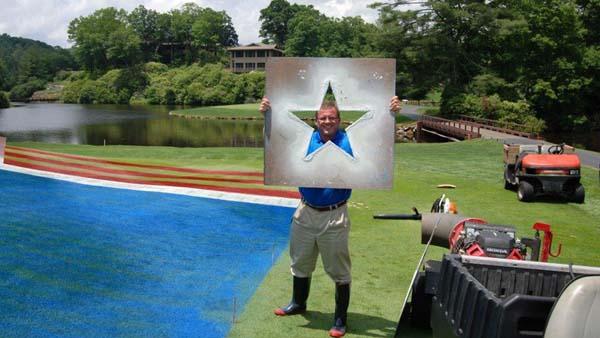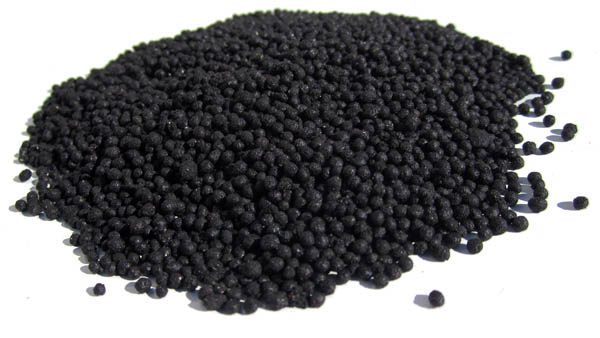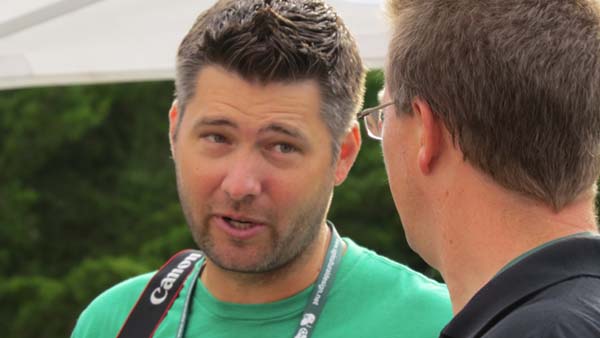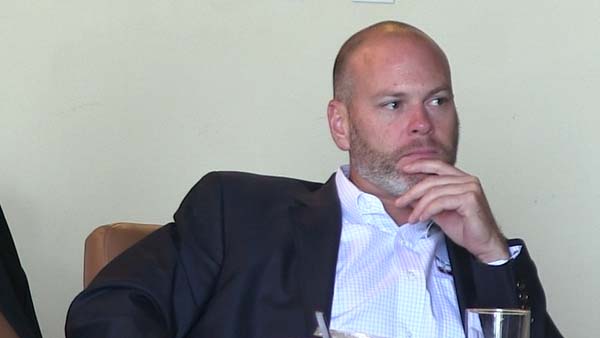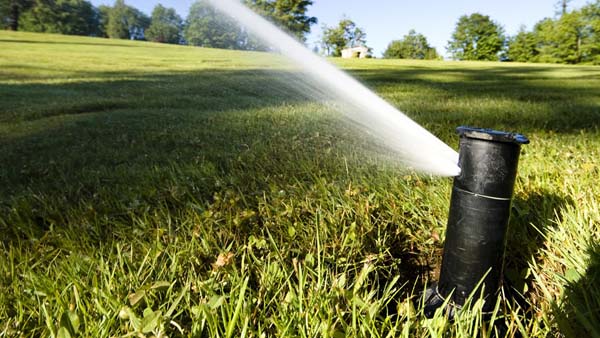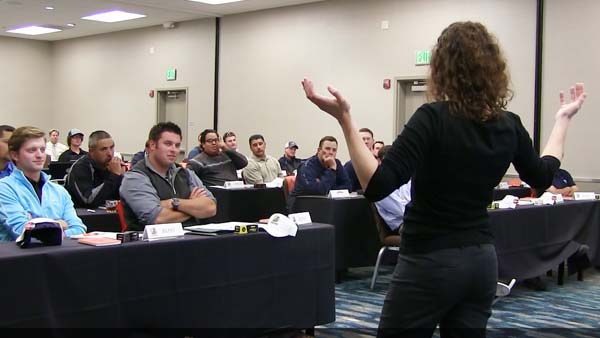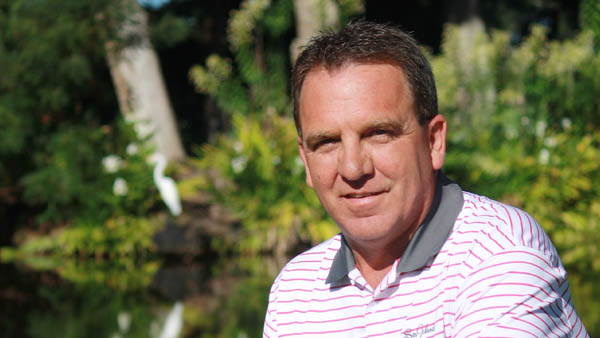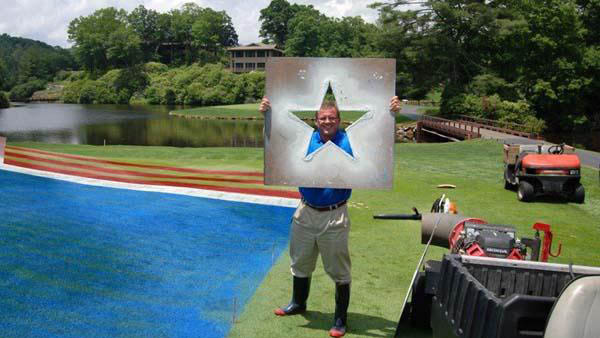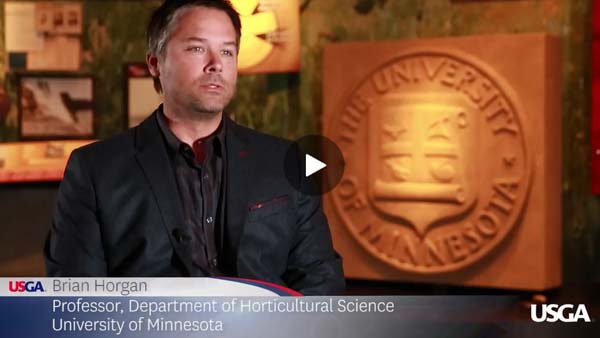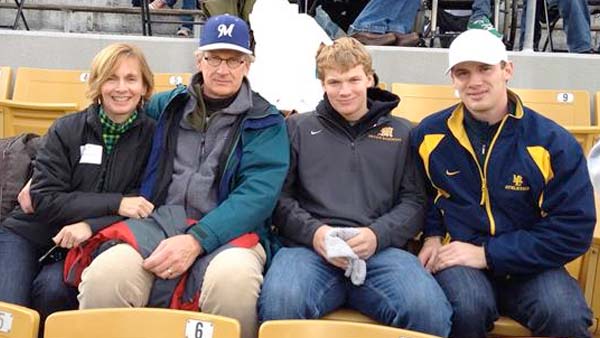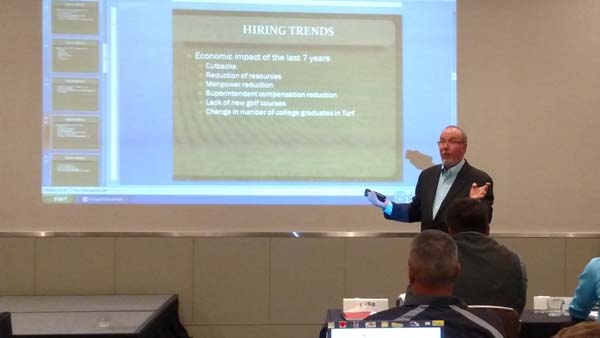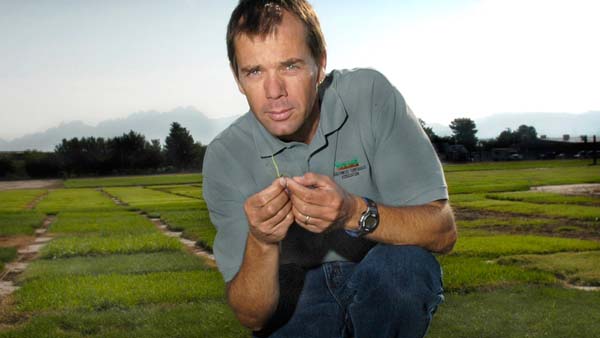
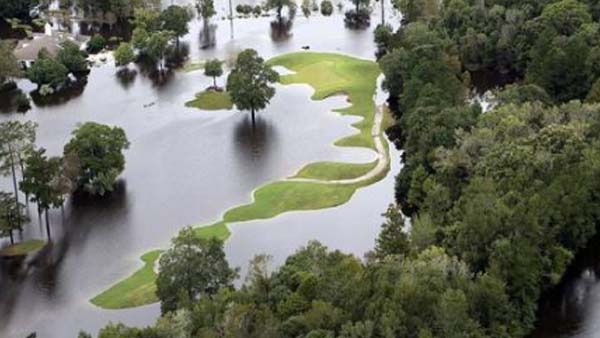
One of those moments appeared this year when torrential rains resulted in flooding of Biblical proportions that inundated roads and highways, washed away farms and closed golf courses throughout much of South Carolina. Those rains as much as 30 or so inches in a month in some parts of the state on already-wet golf courses resulted in pronounced disease pressure, much of which occurred outside the historic windows of opportunity. Those conditions also provided an up close and personal look at plant disease triangle that enveloped almost an entire state. "It's always best if you can give (students) real-case scenarios when possible," said Martin, the university's turfgrass pathologist. "With the pathogen and environment and interaction, it was a beautiful disease triangle. "But there was enough pain to go around." Golf courses throughout much of South Carolina already were wet and saturated when October brought nearly 6 months of rain in less than 30 days. That was an unwelcome addition to Bermudagrass greens that already had begun the process of shutting down for the winter. "The bentgrass took it all fine, but the Bermuda didn't," Martin said. "The Bermuda was already starting to shut down for the year, and Pythium is going to take advantage of that. The most dramatic damage, and it's too bad, occurred on Bermudagrass greens with poor drainage; low-budget courses with push-up greens. From that standpoint, it was classic." The presence of diseases such as Pythium blight during what typically are stress-free times of the year, Martin said, probably caught a lot of superintendents and chemical companies off guard. Few if any chemistries, however, could stand up to the conditions wrought on South Carolina in October. "I'm sure the chemical companies received a lot of complaints. But there was nothing anyone could do for from a preventive standpoint," Martin said. "I can't imagine anything that could have held this back." Contact and systemic fungicides coupled with warmer-than-average temperatures that filled in behind the rains providing Bermuda with a chance to rebound. Michrodochium patch and diseases linked to low fertility such as dollar spot and leaf spot, also were an issue as nutrients were flushed through the soil in rapid fashion. "On sandy greens with a low cation-exchange capacity, the more water you have, the more nutrients are going to go with it," he said. "And if those nutrients are not replenished, you're going to have low-fertility diseases." Impromptu fertility tests at Clemson's Pee-Dee Research and Education Center in Florence have reinforced those findings. "We've been doing some fertility tests there, and I really like what I've been seeing," Martin said. "I'm using this in class from here on out. Now, will the students remember it? Probably not, but they will remember it when it happens to them again in the field after they become superintendents."
- Read more...
- 1,608 views

